Consider this scenario. You’re slipping through timber hunting elk and couldn’t be happier. After long months of anxiously awaiting elk season, you’re finally in the woods with bow in hand and an elk tag in your pocket. Suddenly you’re startled by something crashing in the woods. You’re horrified when you see a grizzly charging toward you.
Instinctively you drop your bow and reach for your handgun. (You’re hunting in a state that allows you to carry a firearm while bowhunting. Some do not.) What are the odds of you surviving this attack if you indeed can unholster your gun before the bear reaches you? The outcome of this encounter if everything goes wrong may leave you critically maimed or dead. This is a serious discussion. Grizzly maulings occur every year, and not only to novices in the woods but to veteran hunters.
The subject of handguns versus charging grizzlies is a popular topic in grizzly country or among hunters who are about to venture into grizzly woods. One thing is for sure — it’s rare for all involved in a conversation to agree on one gun.
Before delving into this issue, it’s obvious that if you’re carrying a big game rifle you already have a firearm for defense.

Some hunters also carry a handgun for extra protection. Guides, especially in Alaska, will typically carry a shotgun loaded with slugs or a big bore rifle.
I should also add that I’m addressing grizzlies in this blog, but black bears can also charge, too. Though black bears are commonly considered to be not as dangerous as grizzlies they’ve also been known to maim and kill people. Experts say that if a black bear charges it’s from a predatory instinct and wants you dead.
So, is there a perfect handgun that will surely drop a charging grizzly? Some folks think so, but I wouldn’t bet the farm on that. There are far too many variables. When the bear is coming at 35 miles per hour it’s seldom running a straight course on level ground. Instead it’s moving erratically through brush and patches of timber, over and under logs, across rocks, all the while making terrifying sounds. If you’re lucky it’ll be a bluff charge. In other words, the bear will suddenly stop and terminate the charge or veer off course and run around you or make a 180 turn. A bluff charge is the most wonderful, satisfying thing that can happen in grizzly country, even better than scoring on a trophy bull elk, because you’ll be able to leave the woods alive.
But if the bear has intentions of tearing off your scalp and causing severe wounds that will lead to many surgeries, or causing your demise, you had better be ready to stop it. That means kill it instantly. In order to do that your bullet must have the wherewithal to penetrate deep into the target, which is the spine.
As I said, that target is weaving and zigging and zagging through broken terrain. Since your bullet MUST stop it in its tracks, you MUST hit it in the spine to render it mobile, or, if you’re exceedingly lucky, put a bullet between its eyes or in the brain. Forget about a shot anywhere in the vitals. A bullet in the heart or lungs will kill it, but the bear will typically have enough momentum and adrenalin to reach you and hurt you badly or kill you before it dies. You’ve no doubt observed that on deer and elk. I’ve seen most elk hit through both lungs or the heart run about 75-80 yards. Of course, we’re discussing bears, which usually react the same way. Many hunters believe that if you hit a bear in the shoulder you’ll “break it down” and render it severely crippled for the finishing shot. All well and good, but a shoulder-shot griz may still be able to scrabble to you. Remember that the bruin is highly agitated and wants only to get at you. You need to keep shooting into the bear until it’s stone dead.
The most important consideration is having the firearm readily accessible. That might seem to be a silly thing to say, but you’d be surprised how many hunters carry a firearm in their backpack, and I’m talking about veteran hunters who spend much time in prime grizzly country. A few years ago, Mark Uptain, an experienced backwoods Wyoming guide was fielddressing his client’s elk when they were suddenly attacked by a sow grizzly and her cub. The bears targeted Uptain, and during the mauling he screamed to his client to get his 10mm from his backpack. According to news reports the client tossed the gun to Uptain but the guide was unable to catch it. The hunter ran off and the bears killed Uptain. No one has explained why the gun was in the backpack in the first place.
There are many holster positions. Choose one that you’re comfortable with and practice drawing your firearm. Lee Livingston, one of Wyoming’s top wilderness outfitters who hunts extensively in prime grizzly bear country says that practice is of paramount importance.

The last thing you want to do is fumble with the gun and drop it or not get the shot off in time. If you do, it might be the last thing you’ll ever do.
As far as the best handgun to use, there are two opinions — semi-automatic pistols and revolvers. The firearms can then be broken down into single action or double action. The single action requires you to manually pull back the hammer each time before the shot can be fired. The double action allows you to shoot a second shot without pulling back the hammer. You just keep pulling the trigger.
The big question is to go big or not. Going big means carrying a formidable weapon such as the .454 Casull, the .460 or .500 S&W, or the very popular .44 Mag. The issue here is your ability to quickly draw and aim one of the heavier guns. There’s also the consideration of having 6 rounds as opposed to larger capacities in the lighter semi- auto pistols as well, such as the universally popular 10 mm, most of which hold 15 rounds. It seems that the 10 mm is quickly becoming the darling firearm of many people who enter prime grizzly country, whether they’re hunters, hikers or law enforcement officers. There are, of course, many, many other handguns that you can choose. The ones I mentioned are popular. Give it much thought before you choose one.
Whatever you choose, the gun must be comfortable in your grip. You need to have confidence in your ability to draw it swiftly out of your holster and aim as best you can at the charging grizzly. This is as much a mental scenario as it is of skill. You won’t have any time to aim — at best a second or two. And, of course, according to actual accounts of people defending themselves from charging grizzlies, every split second matters. There is little time to think. You must react and shoot that bear as many times as you can, and hopefully make it dead before it can lay a fang or 4 inch claw on you.
There is no way to prepare yourself mentally for a charging grizzly. You can try to convince yourself to be calm and cool, but when that bear is charging, your brain will turn into mush. That’s why it’s so profoundly important to function enough to grab that gun and start firing as fast and as accurately as you can. I know I’m repeating myself but I can’t say it enough. Anything less might get you mentioned in the news, and not in a good way.

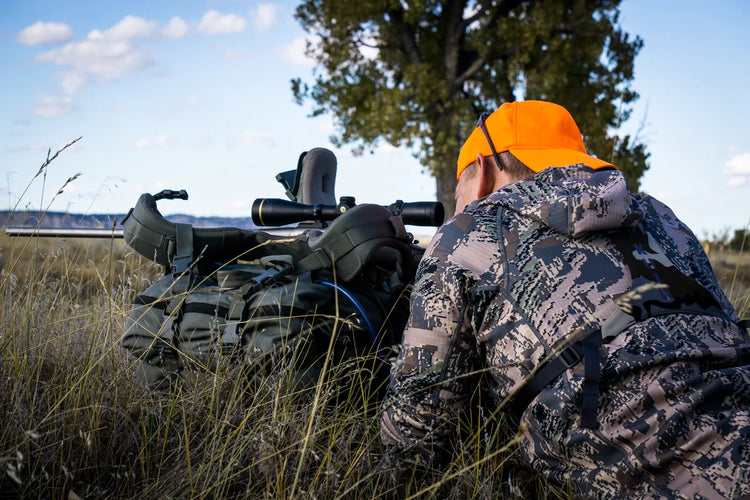
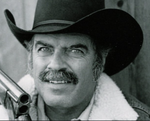

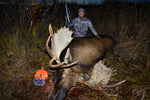

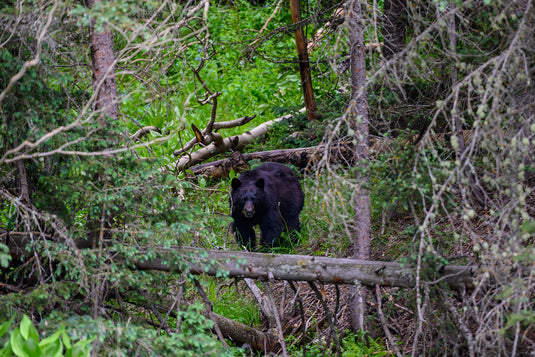
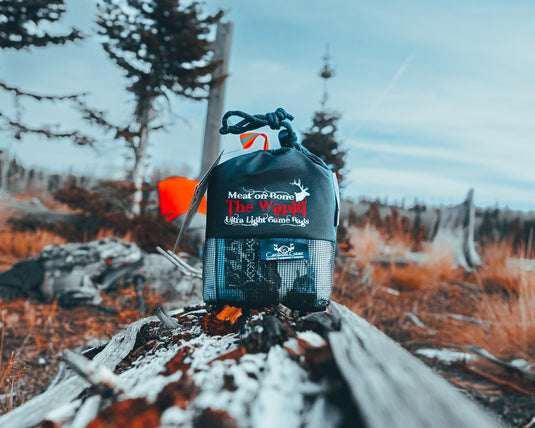
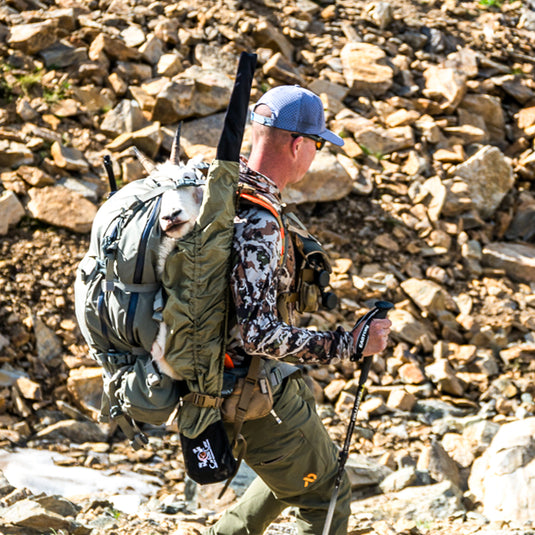
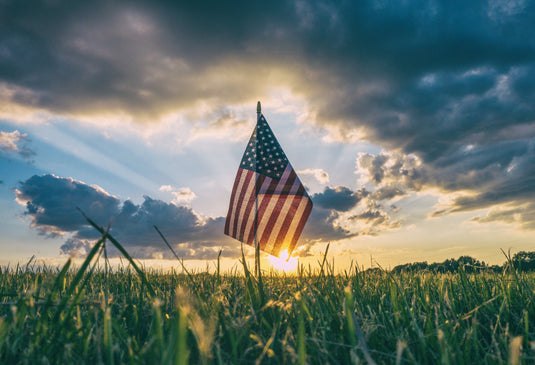
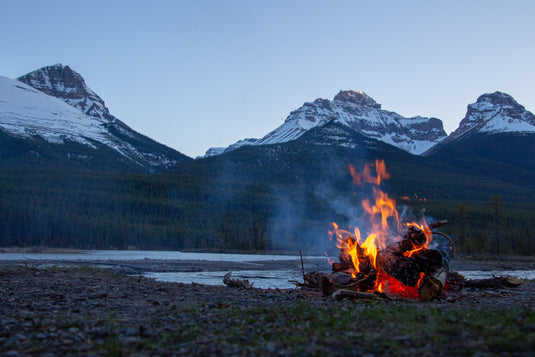
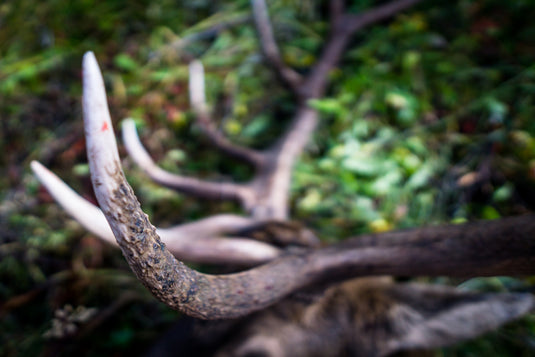
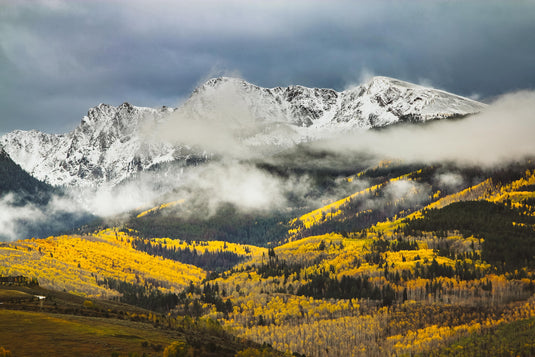
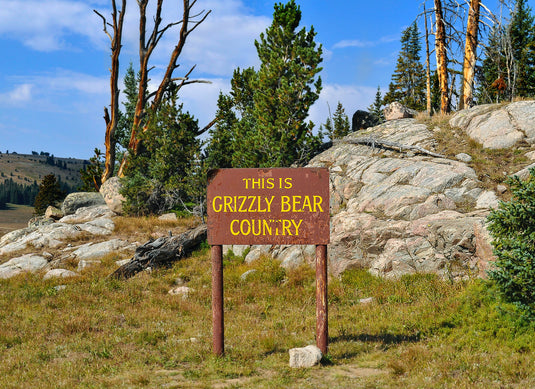
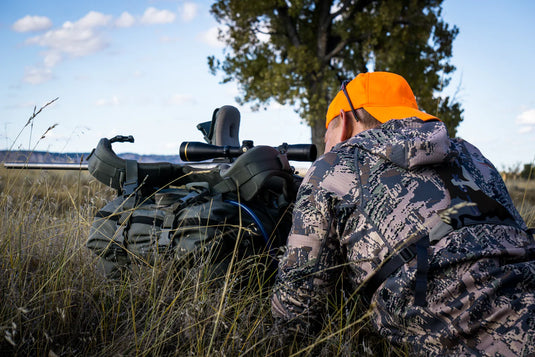
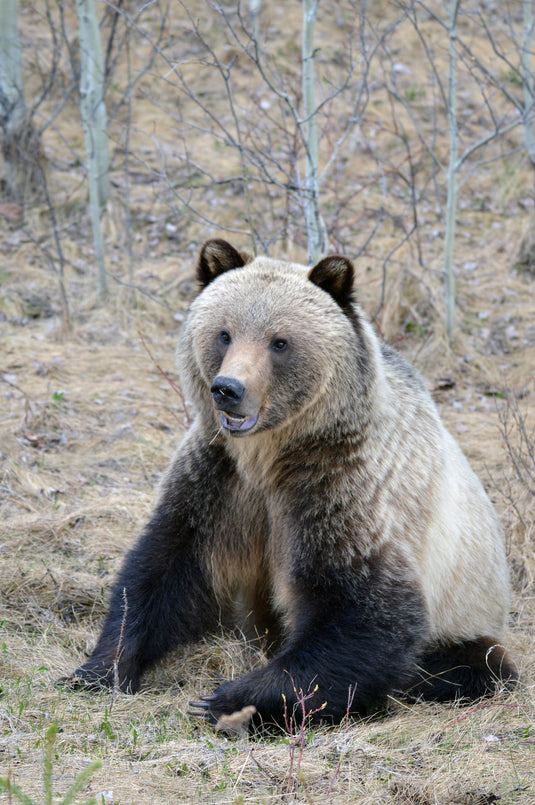
I love the article. One thing I feel is really important to mention here is ammo selection. Absolutely avoid any type is round nose bullet, as these will ricochet off bone and cause less terminal damage. Also if you use a hollow point, it needs to be off solid copper. You need the weight retention to cause the most amount of damage. It is highly recommended to use a heavy wide flat nose hard lead bullet. The wide flat face will shatter bone on impact and cause extra shrapnel to fly through the bear causing extra damage. As far as semiautomatic pistols, the only caliber I would carry is a 10mm. All the other popular cartridges don’t have, in my opinion and looking at there ballistics, the penatration or energy to be very effective at the front of a charging grizzly. If you are able to pull your pistol and start shooting, don’t stop till the attacking animal is on the ground.
Thanks Glen
Clear, lucid and to the point without all the hype I’ve read in other discussions on the topic… obviously it comes from an experienced outdoorsman in Jim Z. Whines well published and known.
Thanks for sharing this discussion!
Fil T
Always have backup.
Meaning another person (Guide) with a firearm and experience in the specific GMU ( Game management unit)
Always have backup.
Meaning another person (Guide) with a firearm and experience in the specific GMU ( Game management unit)
Great story, life-saving information… Please follow it up with where is it best to carry the holstered weapon…What position? Across the front of your pack/chest, cross drawn, or under your non-shooting arm? Enjoyed the story!